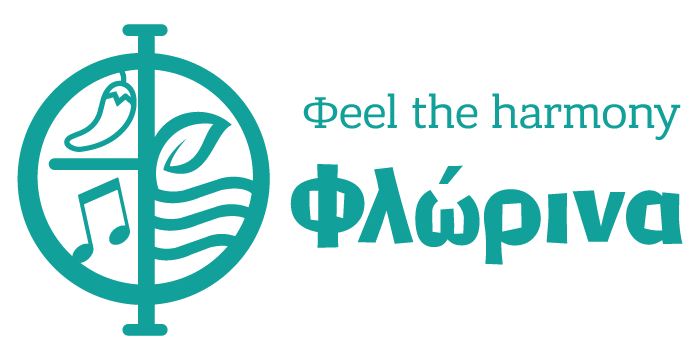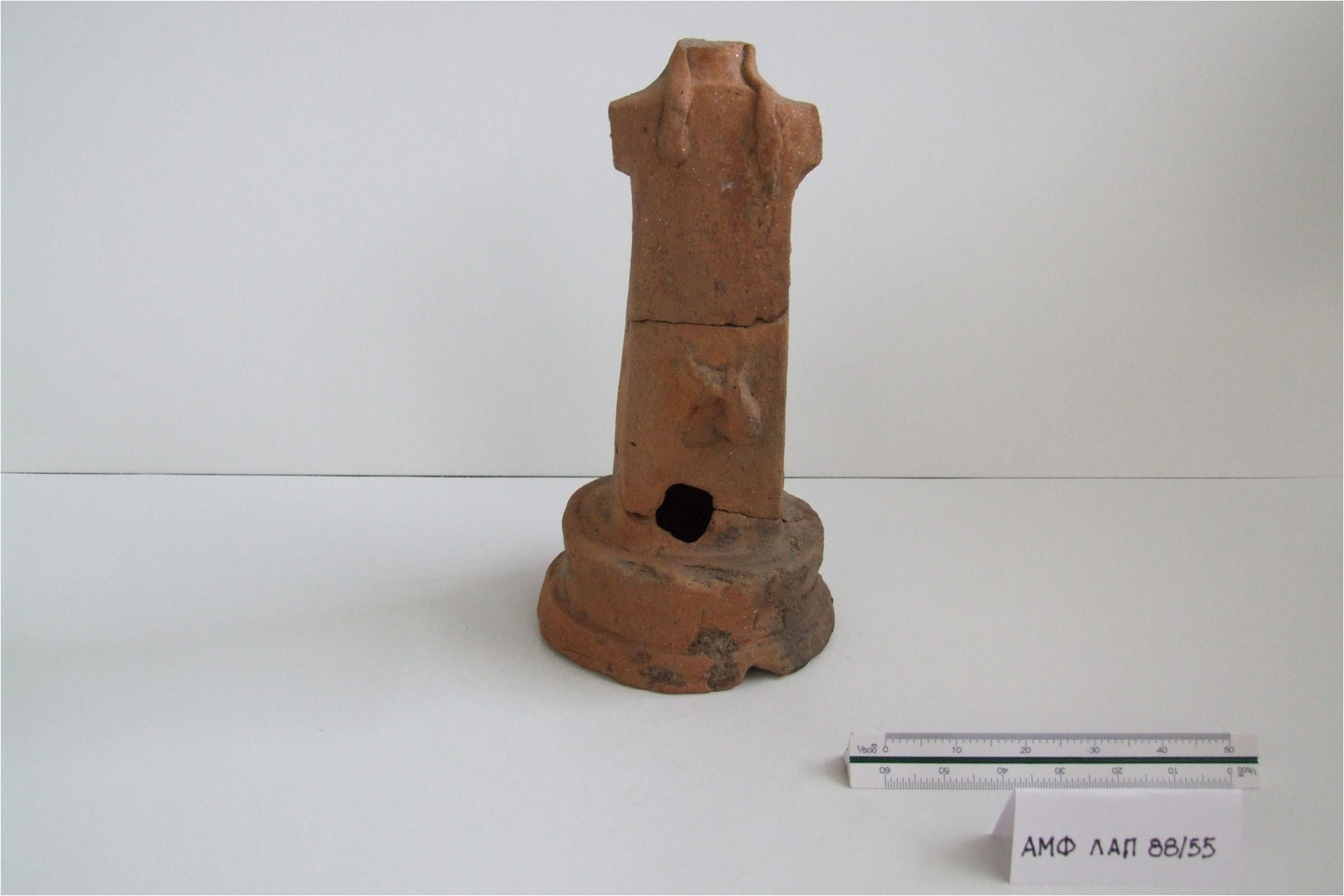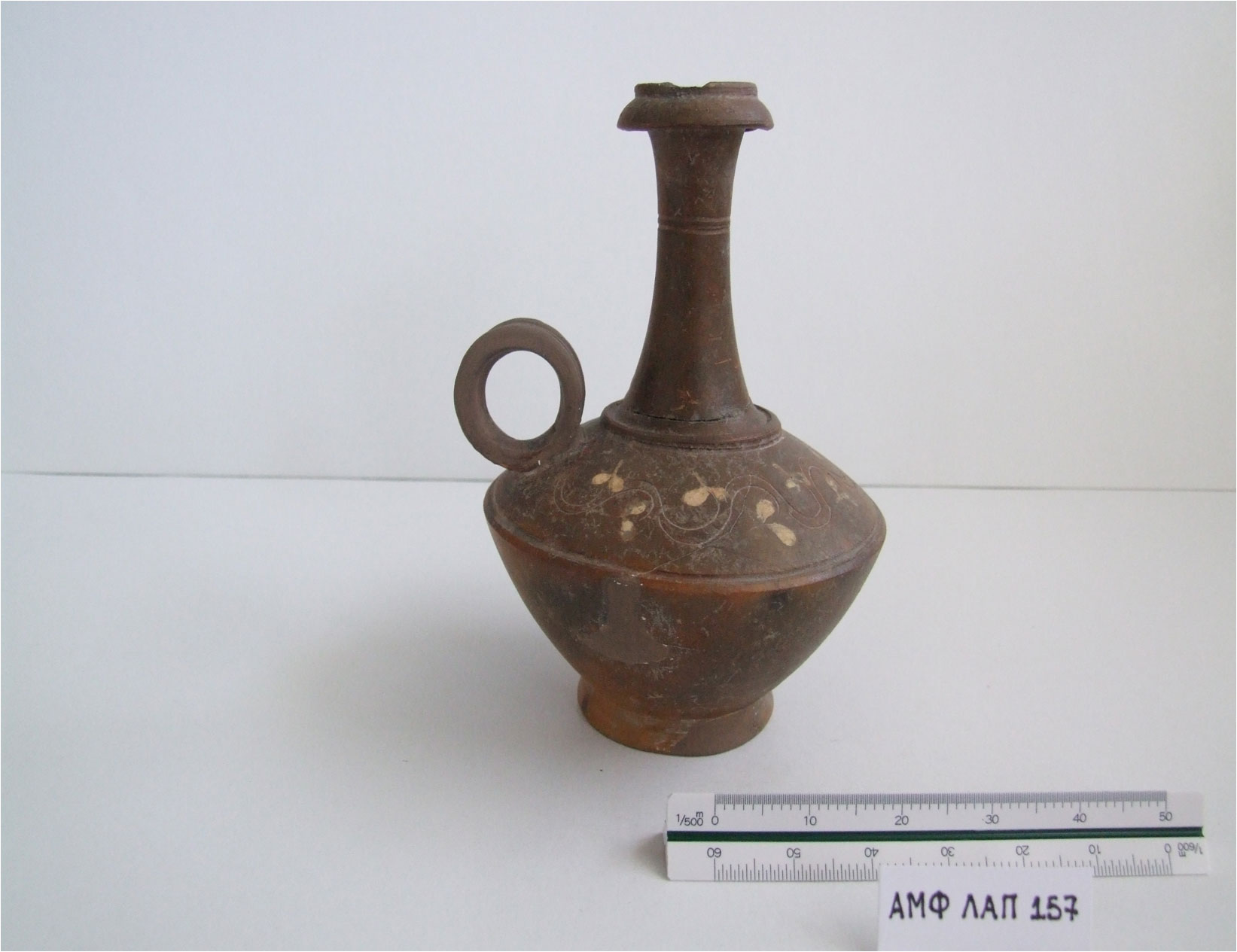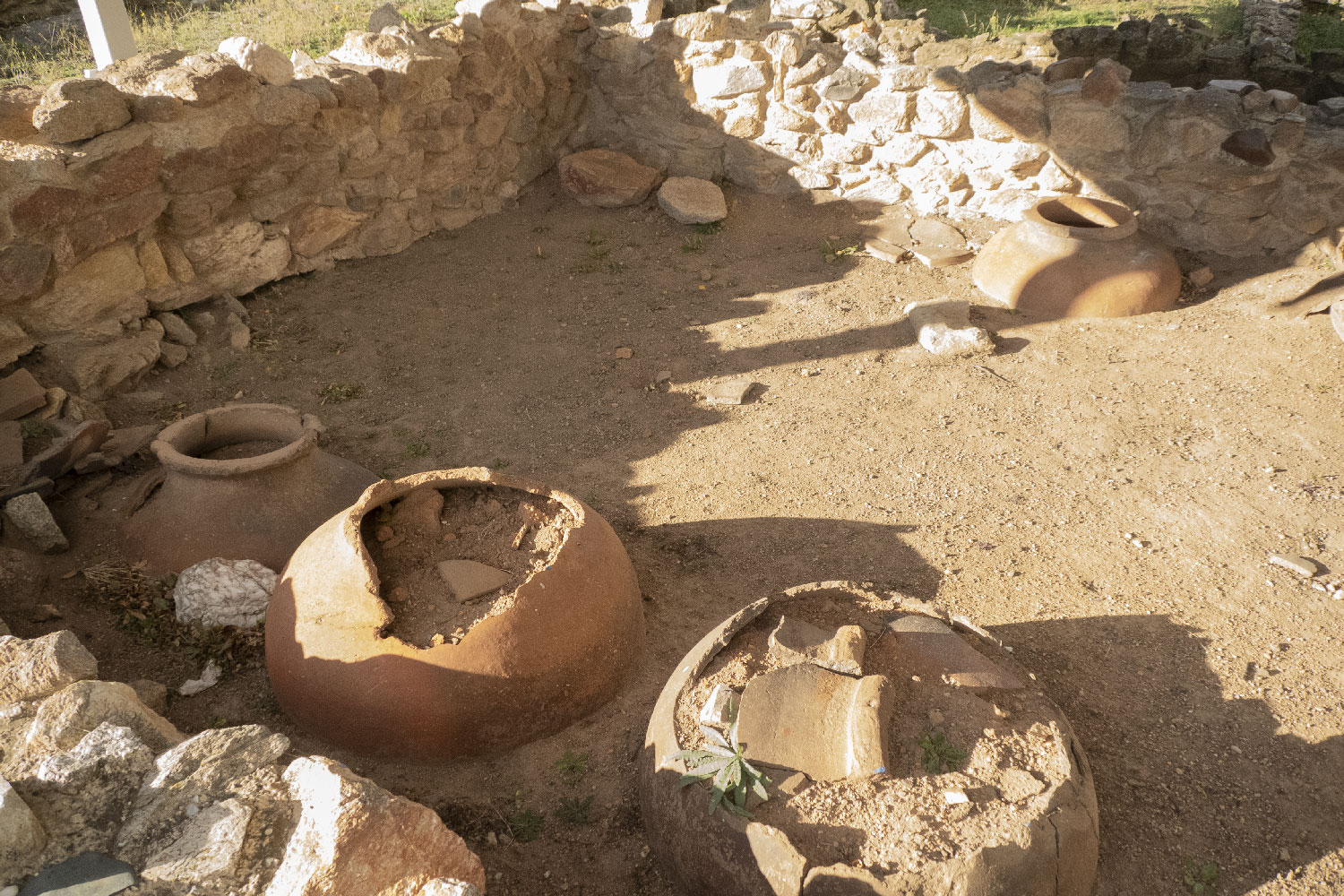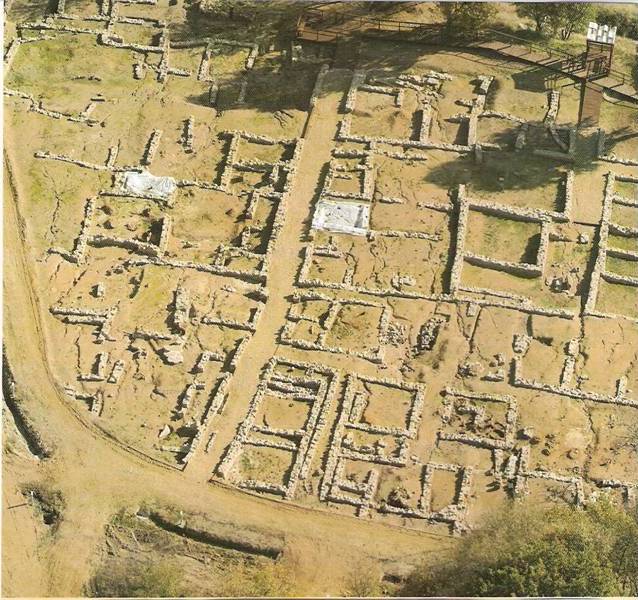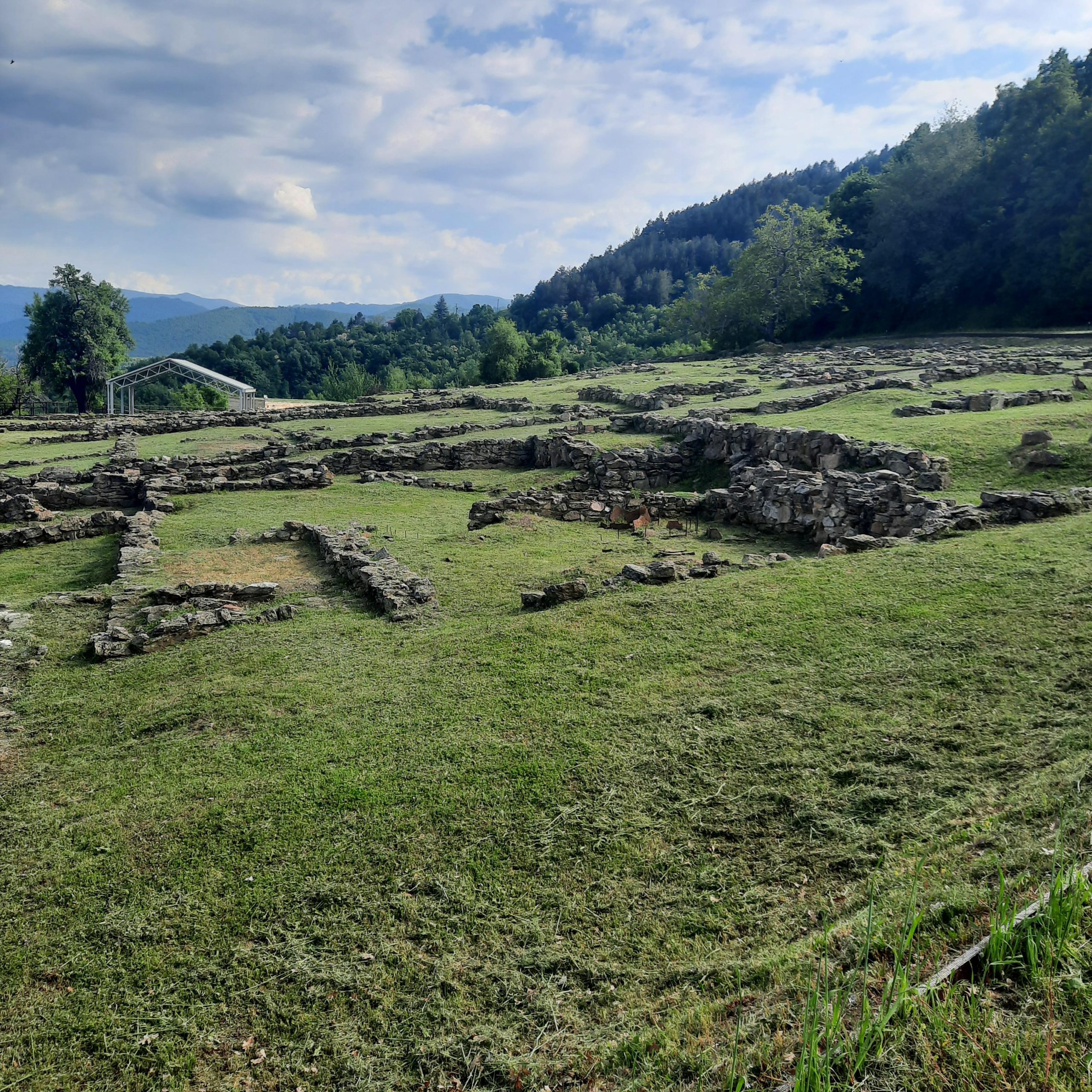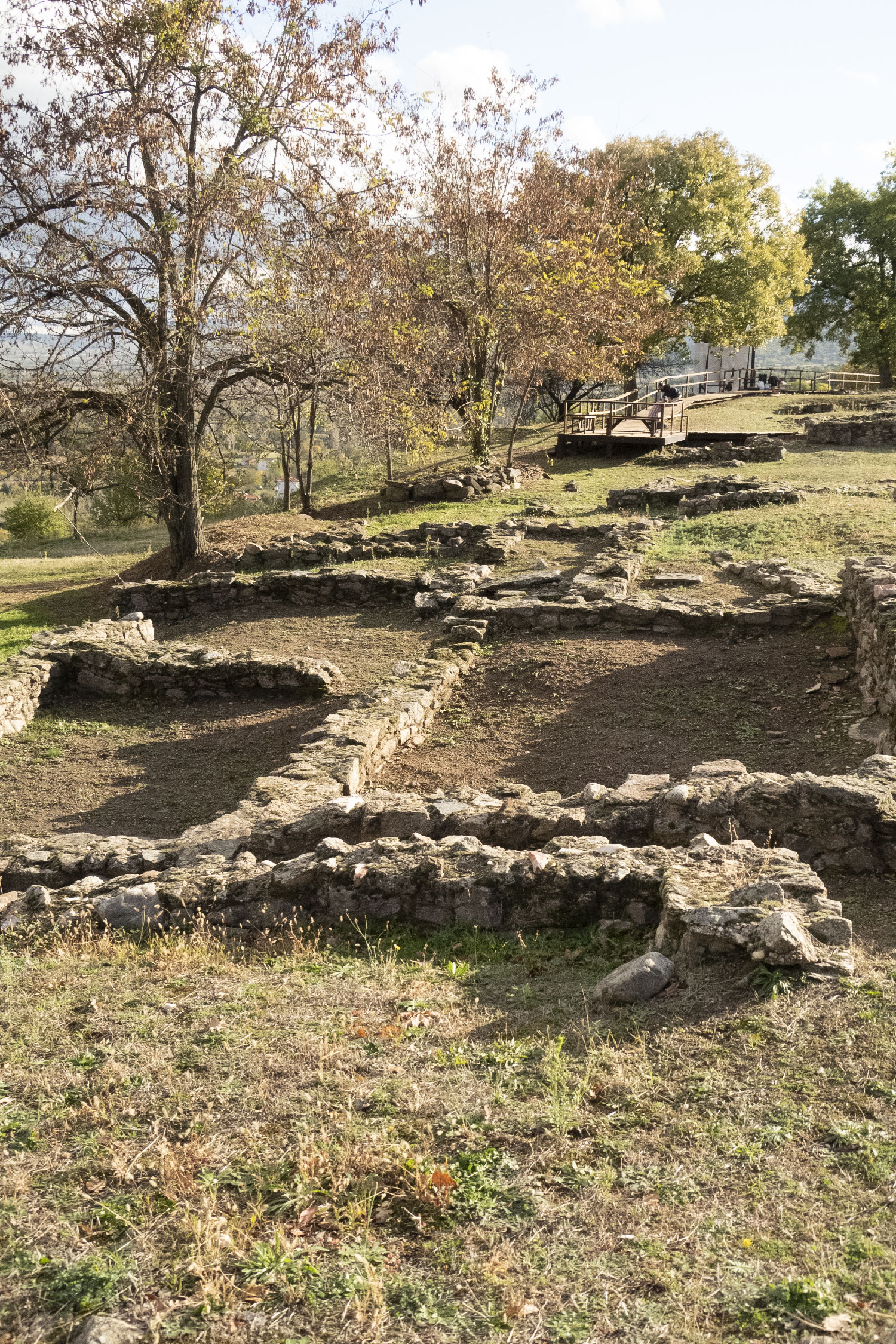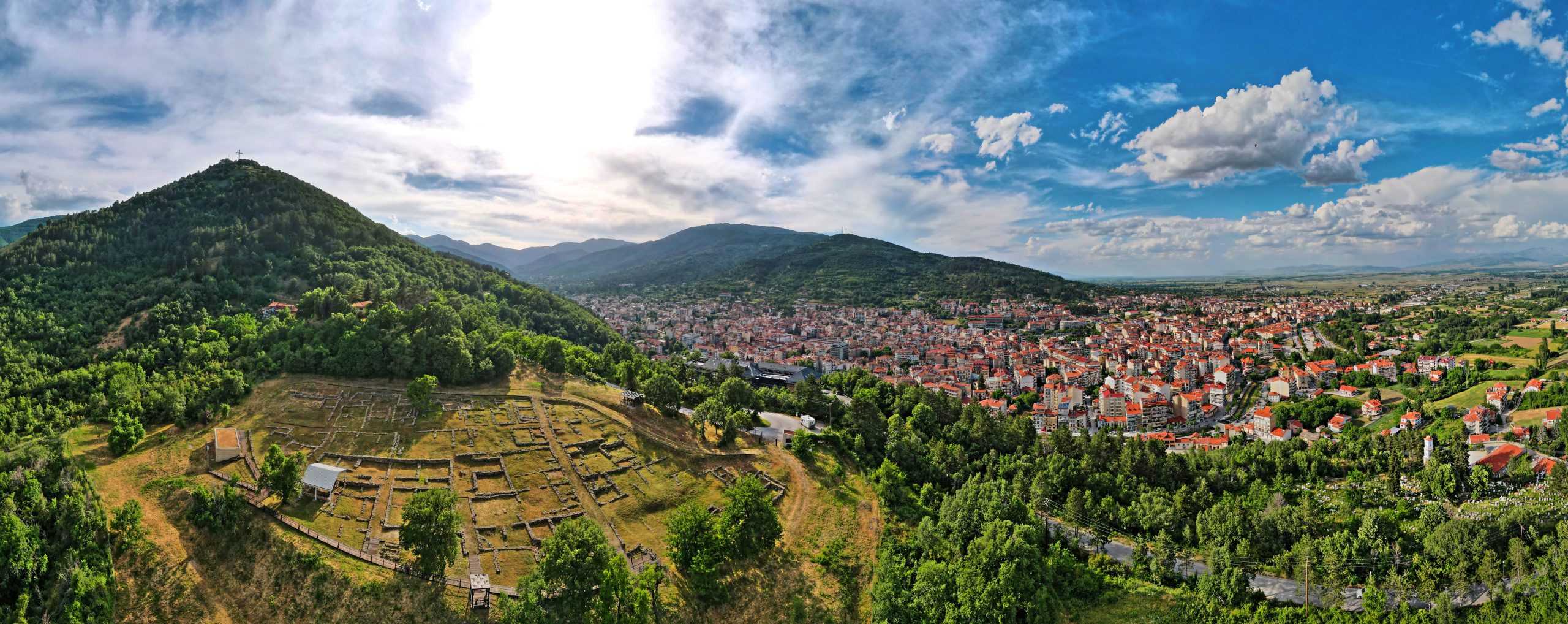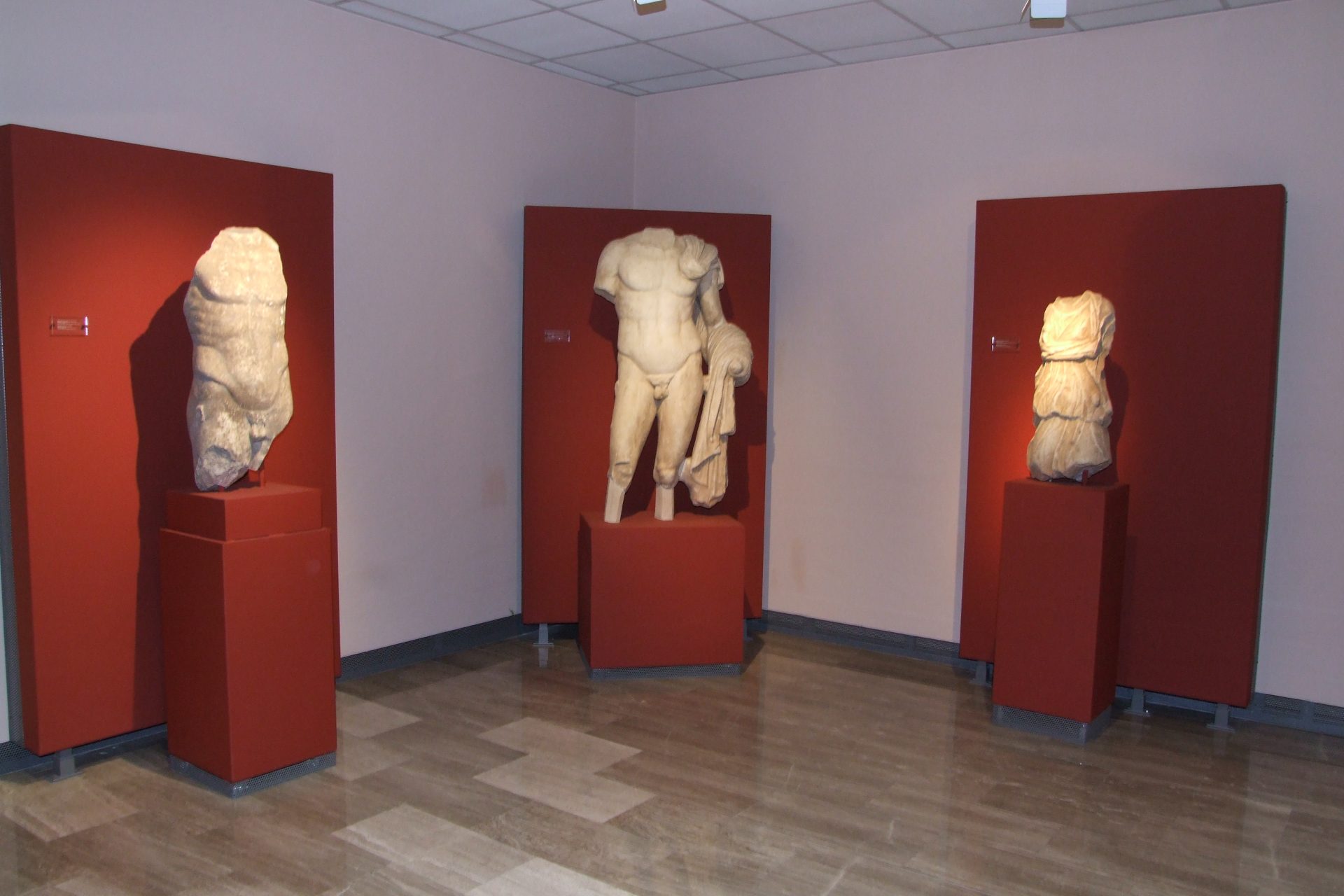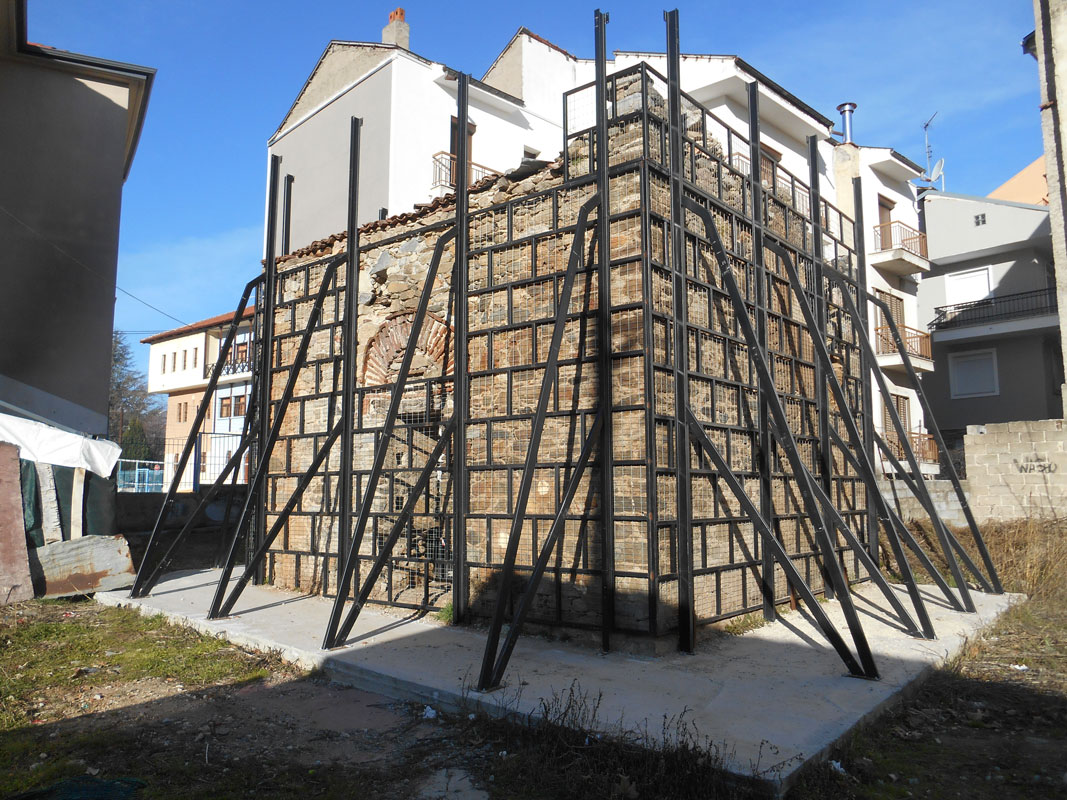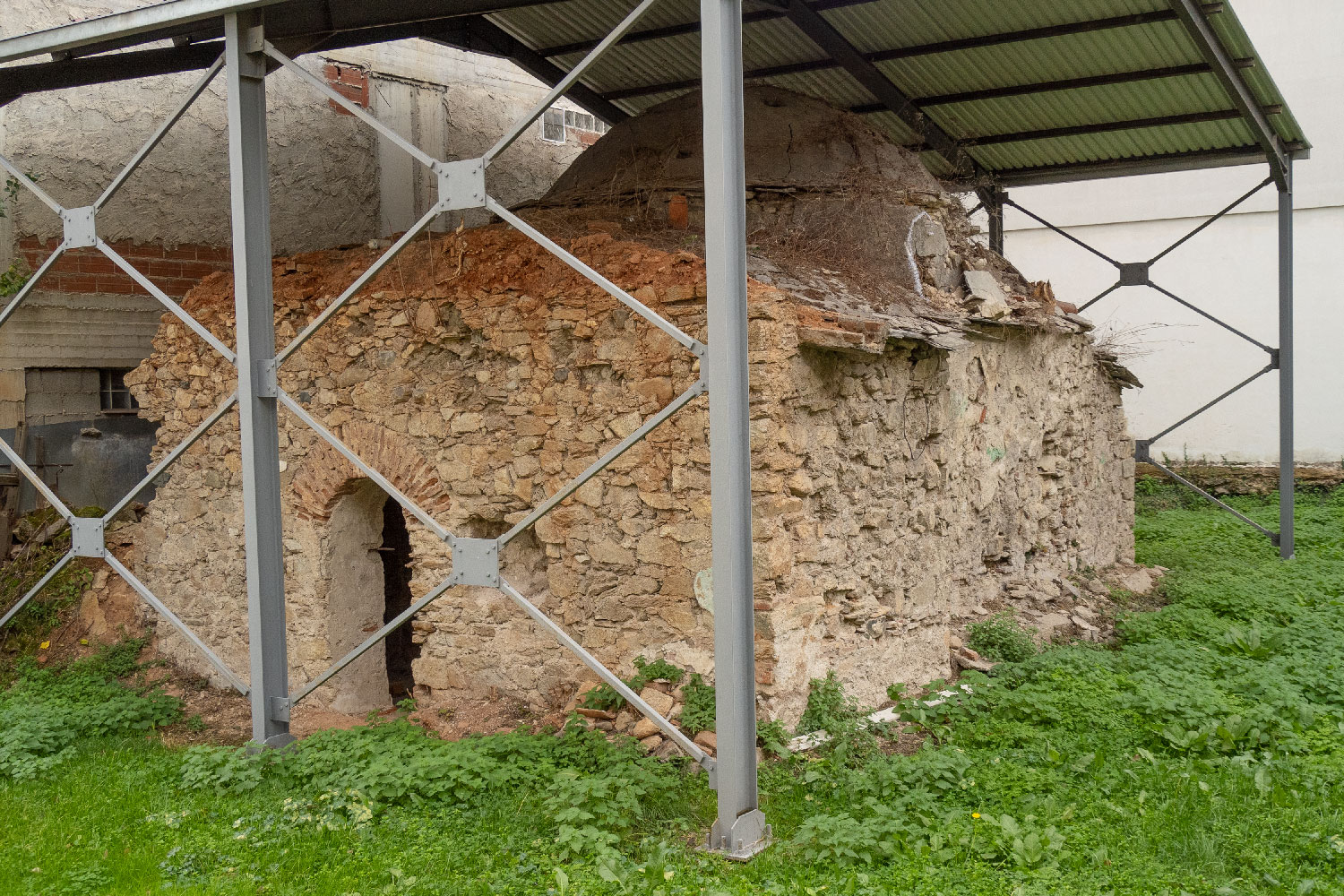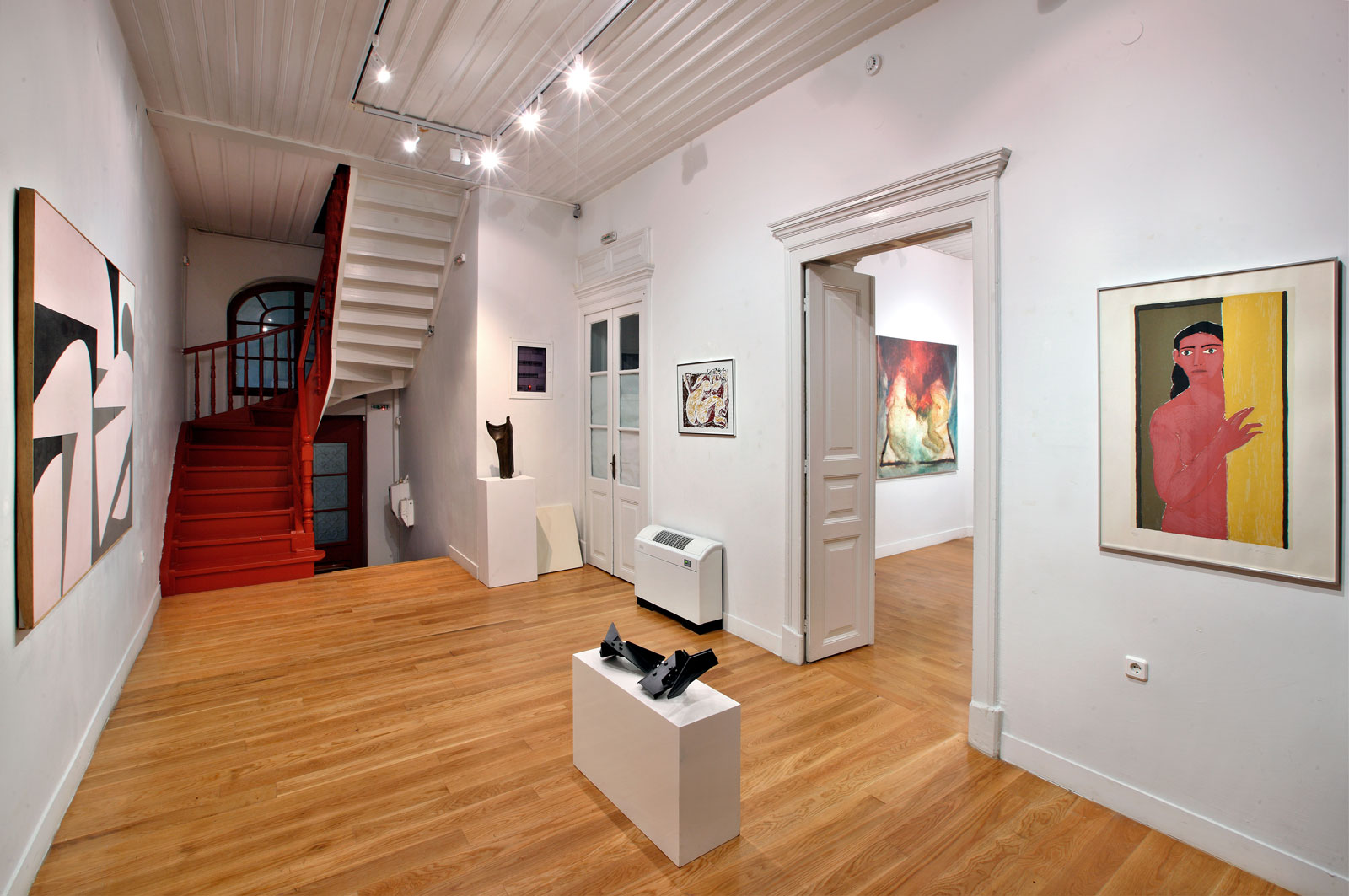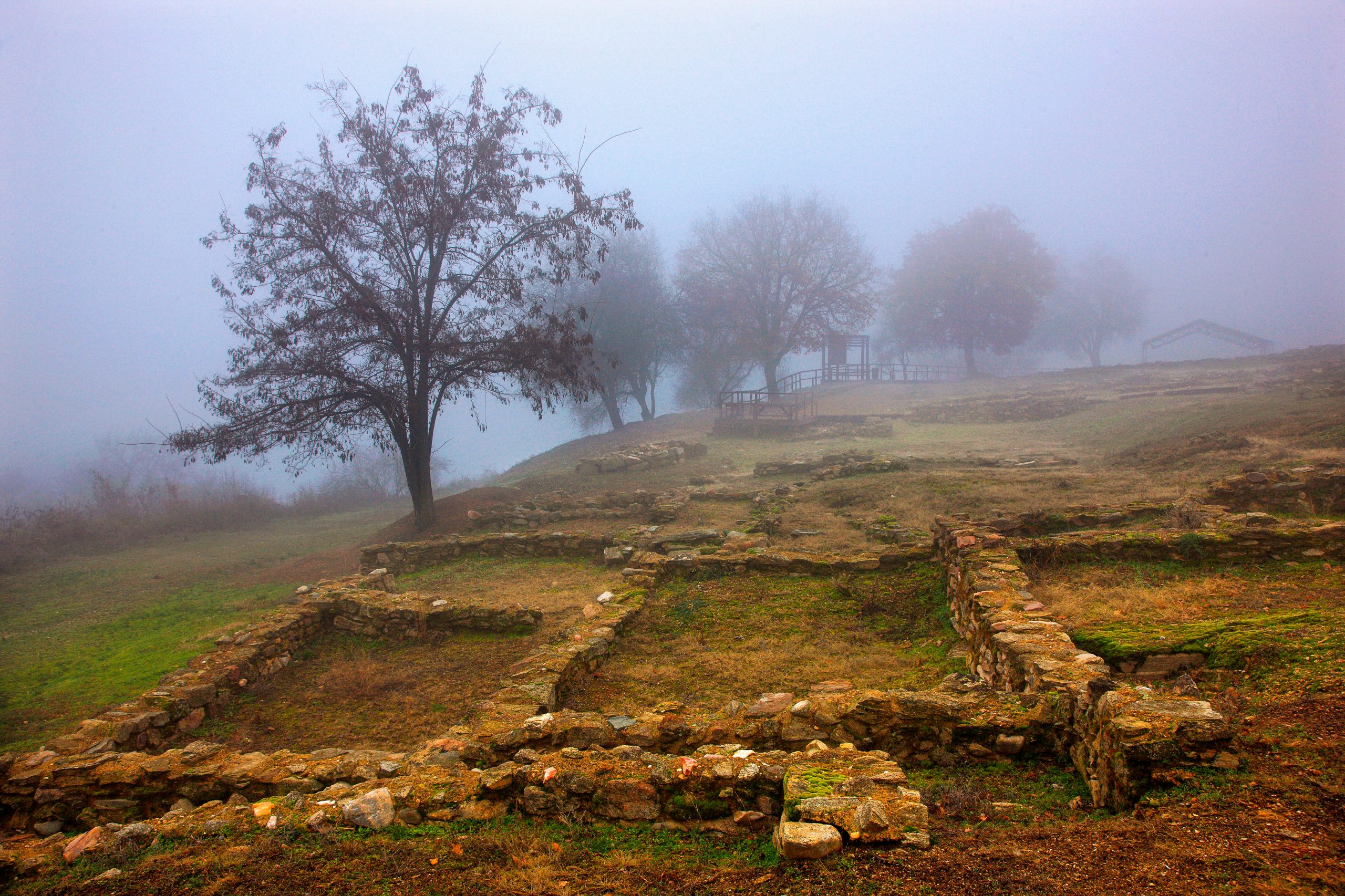
Hellenistic city of Florina
The archaeological site is located in the south of Florina, on the hill of Agios Panteleimon, in an area inhabited from the 2nd millennium BC to the Byzantine period. The area, which was excavated, preserved and made accessible to visitors with funding from the 2nd and 3rd CSF, is part of a city of the ancient kingdom of Lygistis. It was founded in the 4th century BC, flourished during the Hellenistic period and was destroyed by fire in the early 1st century BC. It is organized with large building islands comprising up to 5 houses, with 3 to 5 rooms each, roads 3 m wide and narrower streets 1-1,50 m wide. They had storerooms with large clay jars, in some of which the remains of burnt grain and hearths were preserved. The roofing was done with tiles of the Laconian type, some of which have the inscription KING PHILIPPOS . There was a water supply system with clay pipes and underground built drainage pipes. The discovery of a mining furnace, slag and numerous iron objects proves that iron ore was systematically processed in the town. A large number of clay vessels were also found, many of which are decorated with reliefs. Clay figurines testify to the worship of Artemis, Hermes, Aphrodite, Hercules, the Mother of the Gods, etc., while imported objects and coins indicate extensive trade with regions of Greece and beyond. The daily occupations of the inhabitants included agriculture, textiles, ore processing, pottery, ceramics and coroplasty.
SOURCES OF TEXTS: Archaeological Museum of Florina.
SOURCES OF PHOTOS: Archaeological Museum of Florina.
